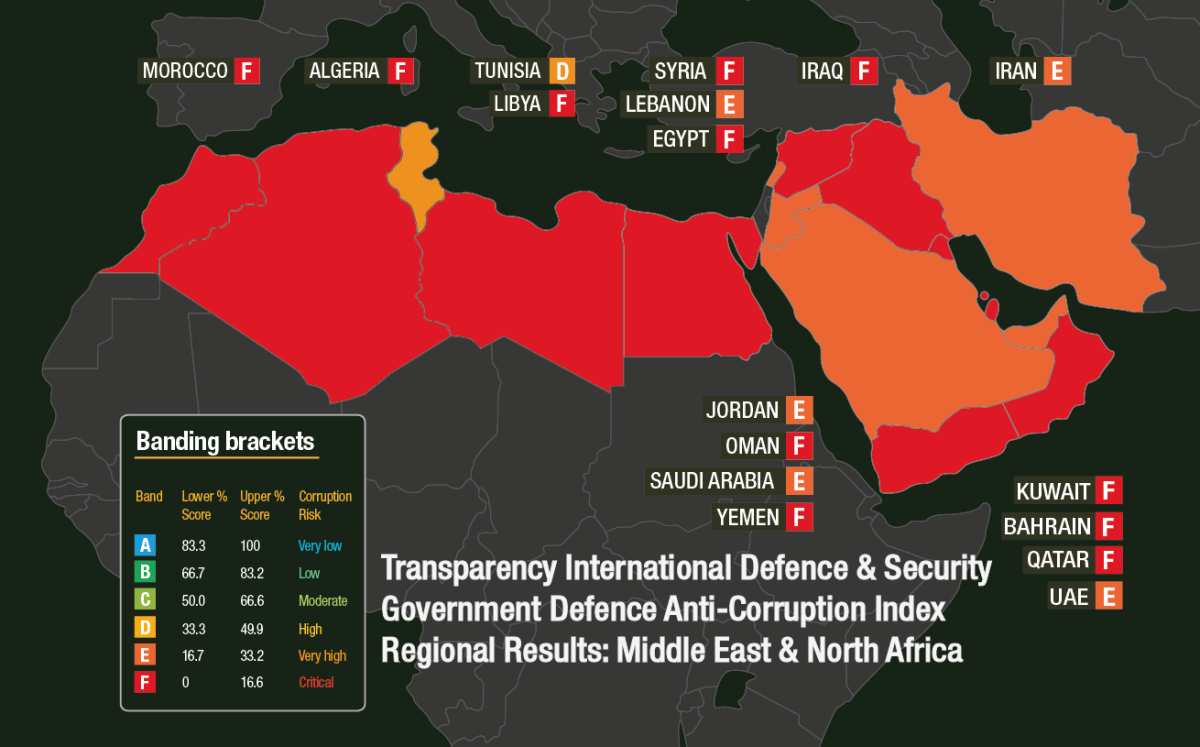Satellite Imagery Confirms Qatari Isolation
Left: Planet imagery of Qatar’s As Salwa Border Crossing dated 07JUN17 / Right: 05JUN17
As the diplomatic crisis between Qatar and the rest of the GCC states unfolds, food, among other commodities, could be in short supply if some agreement isn’t reached soon. Earlier this week, Saudi Arabia, Bahrain, the UAE, and Egypt suspended their relationship with Qatar citing the country’s ties to Iran and other Islamist groups. In doing so, the Arab states cut all modal links with the country, halting imports traversing their territory.
New satellite imagery acquired by Planet confirms the developments cited in recent news reports. The space snapshots show the land route connecting Qatar to the rest of the Arabian peninsula, closed as of 07JUN17. The As Salwa border crossing, located less than two miles from the Saudi state boundary, is the only legitimate land-based border crossing between the two countries. Imagery from 05JUN17, just two days prior, show a busy crossing with trucks parked in both the primary and secondary inspection areas.
Unfortunately for Qatar, the desert country relies heavily on imports to feed its 2.3 million people. In particular, its two nearest neighbors, the UAE and Saudi Arabia, provide access to almost 30% of its food supply, according to data provided by the World Bank and reported by Bloomberg. The country also depends heavily on regional supply chains, particularly those in the UAE, for re-exports. Rumors have already begun to circulate suggesting Kuwait and Oman, and perhaps Iran, could help fill the gap until the crisis has ended.
In addition to the land border, Qatar’s $7.4 billion Hamad port which recently began container operations last December, will also likely be affected. Planet imagery reviewed from 06, 07, and 08 June 2017, showed no mega container ships at the port since 04JUN17. Maersk, the world’s largest container shipping company, said that it could no longer transport goods in and out of Qatar and will require alternative shipping routes.


